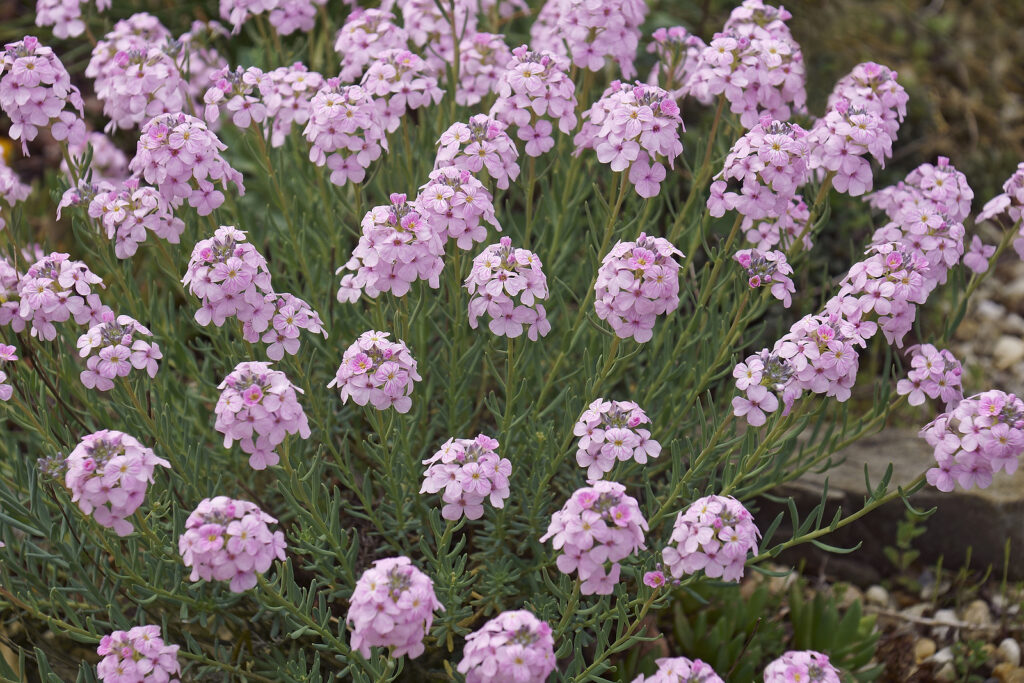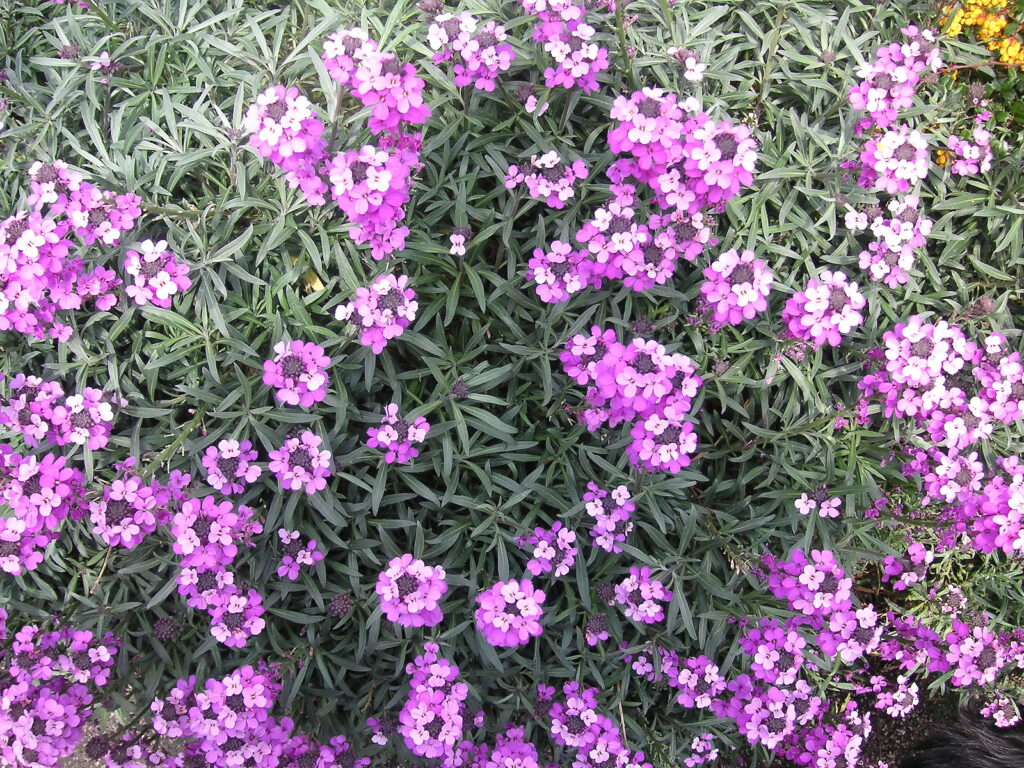Aethionema—common name stone cress– is a small shrub grown for its dense to loose terminal racemes of small 4-petaled, cross-shaped flowers that are sometimes fragrant in red, pink, or creamy to white.
Stone cress grows best in fertile, humus-rich soil but will grow well in poor soil. It is a good choice for a rock garden or to plant in stone wall crevices.
Flowers are born on leafless stalks and rise abut 6 to 8 inches above narrow leaves.
There are more than 40 species of Aethionema.

Get to know Aethionema
- Plant type: Perennial
- Growing zones and range: Zone 5 to 8
- Hardiness: Adapt to colder climates
- Height and width: 4 to 12 inches tall and 6 to 12 inches wide depending on the cultivar.
- Foliage: Leaves are usually stalkless, fleshy, and arranged alternately.
- Flowers: Four-petaled, cross-shaped, sometimes fragrant flowers in red, pink, or creamy to pure white.
- Bloom time: Late spring to early summer
- Common name: Stone cress
- Botanical name: Aethionema
- Family name: Brassicaceae
- Origin: Mediterranean region and Asia Minor
Where to plant Aethionema
- Plant Aethionema in full sun.
- Aethionema grows best in light to humus-rich, well-drained soil with considerable lime; will tolerate poor soil.
When to plant Aethionema
- Set Aethionema outdoors in spring after the last frost.
- Seed can be started indoors in late winter or early spring a few weeks before the last expected frost.

Planting and spacing Aethionema
- Space Aethionema 8 to 12 inches (20-25cm) apart depending on the variety.
- Sow seed 1/8 inch deep in evenly prepared soil or if starting plants indoors, sow in a light potting mix.
How to water and feed Aethionema
- Keep the soil evenly moist.
- Fertilize Aethonema in spring with an all-purpose organic fertilizer.
Aethionema care
- Deadhead flowers to encourage more blooms.
Aethionema pests and diseases
- Aphids and spider mites can attack Aethionema.
Aethionema propagation
- Sow seed of perennials in containers in a cold frame in spring.
- Sow seed of annuals where they will grow in autumn.
- Seedlings grown from garden seeds are often hybrids.
- Root softwood cuttings in late spring or early summer.
Aethionema varieties to grow
- Aethionema armenum: compact evergreen subshrub with linear leaves; dense racemes of small pale pink flowers.
- A. grandiflorum, Persian stone cress: Short-lived evergreen perennial bears pale to deep rose-pink flowers in loose racemes.
- A. oppositifolium: Mat- or cushion-forming evergreen bears small racemes of lavender-pink flowers.
- A. schistosum: Narrow leaves with erect stems to 10 inches high; fragrant rose-col0red flowers.
- A. warleyense: Compact plant to 8 inches tall; pink flowers in dense clusters.



